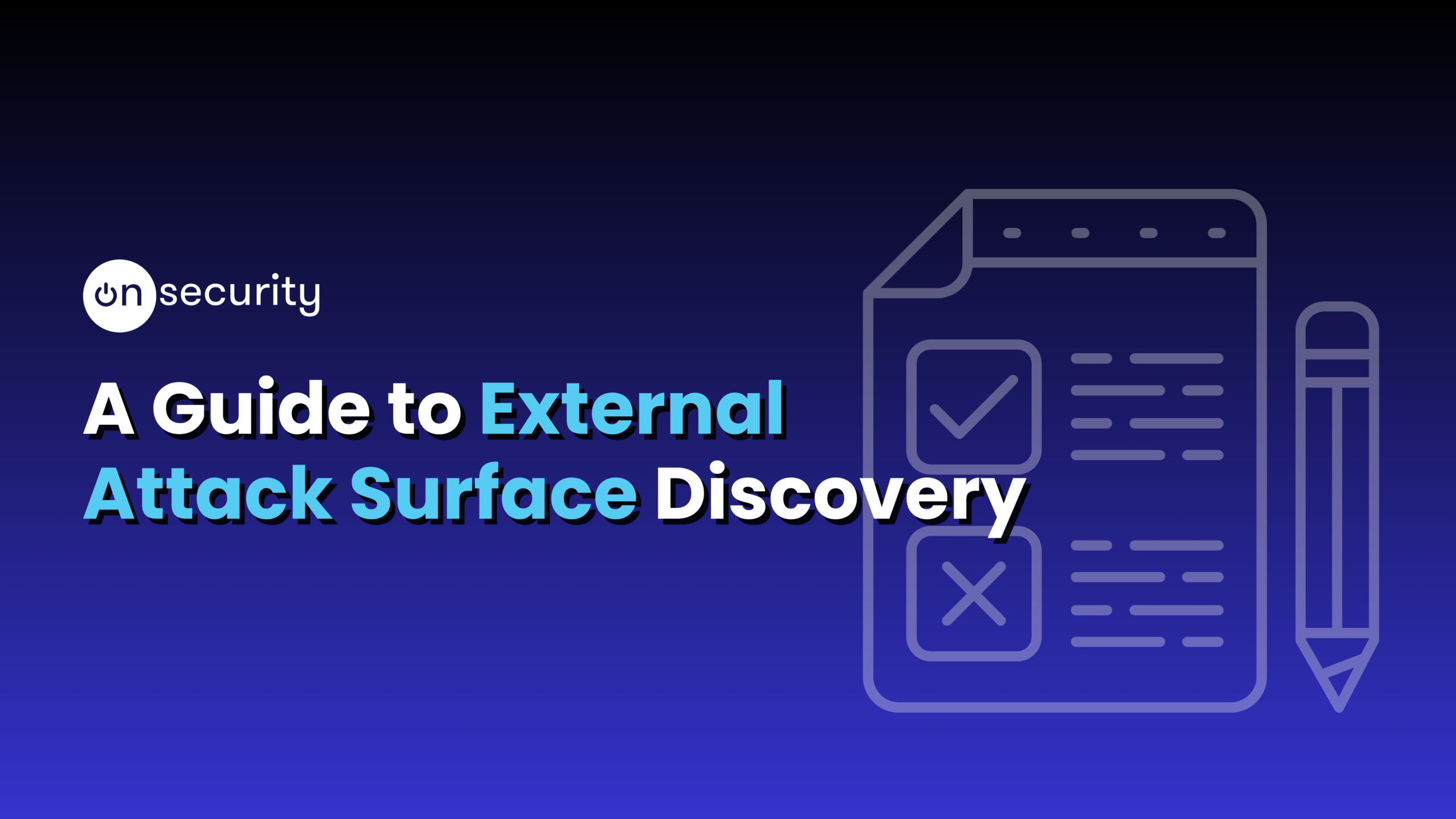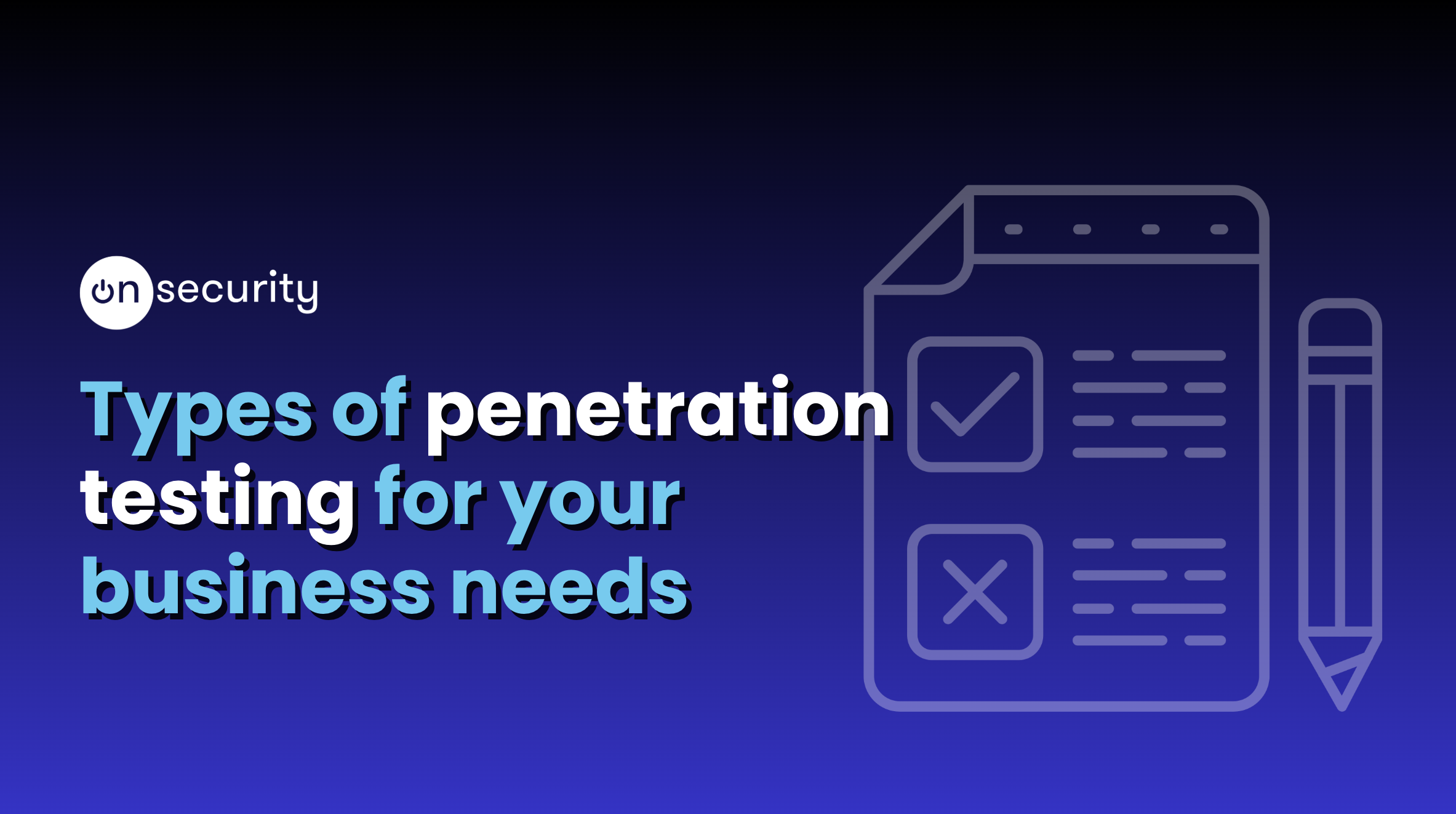Cloud-native security systems are transforming the way businesses protect their digital assets. Built for the cloud, these systems offer dynamic and scalable solutions to defend against evolving threats. Below, we’ll explore what cloud-native security systems are and why they’re essential for modern businesses.
What is cloud-native security?
At its core, cloud-native means building applications directly in the cloud, with no need for on-site hardware. This approach uses infrastructure-as-a-service, splitting services into smaller, reusable pieces that can be easily scaled and redeployed. This not only improves speed and scalability but also allows security teams to actively monitor and protect the cloud environment.
Cloud-native security is all about embedding security into every part of your organisation’s cloud application strategy. It focuses on building applications that fully utilise the flexibility and scalability of cloud environments—whether that’s public, private, or hybrid clouds. Revenue in the Public Cloud market worldwide is projected to reach US$934.30bn in 2025, so securing cloud-native applications is more important than ever.
Technologies like containers, microservices, service meshes, and declarative APIs are key in helping businesses create secure, scalable, and resilient applications. But to truly succeed, businesses need to align their infrastructure, teams, and processes with cloud-native security principles to stay ahead of emerging risks.
What is the difference between cloud-based cyber security and cloud-native security?
Cloud-native security is incorporated into any cloud environment or application. These cloud security solutions were created specifically for cloud-specific attacks. Cloud-based cybersecurity can help cloud environments, but this solution was designed outside of cloud infrastructure.
What are the 4 C’s of cloud-native security?
To help you structure your cloud-native security strategy, the security infrastructure can be broken down into four categories: the cloud layer, the container layer, the cluster layer, and the code layer.
To understand the cloud-native security model further, let’s break down into each component:
Cloud layer
The cloud layer is made up of infrastructure that actually runs cloud resources. It is commonly known as the base layer. Depending on the cloud providers, security will either be managed or self-managed. But what does that mean?
Managed Infrastructure
Managed infrastructure security will vary based on the provider businesses decided to operate with. This could include a cloud service provider like AWS or Azure. However, businesses must understand the importance of the Shared Responsibility Model that is in place when accessing a cloud service provider’s infrastructure, such as AWS.
The shared responsibility model provides us with a security framework that dictates the obligations of the providers and ensures accountability.
You can see in the example below the different types of responsibilities the cloud service providers handle, and which are the responsibility of the end-user.
!Managed Infrastructure
Source: Containerjournal
Self-managed Security
Here, the security is going to be based on Infrastructure Security and managed internally with security teams and developers. Key components to consider would include network access to API Server, network access to Nodes, Encryption and other security elements.
Misconfigurations can run riot in the cloud layer if we are not careful. Unfortunately, they are almost commonplace here. Bad actors are continuously running massive amounts of automated scans trying to exploit any vulnerabilities. A common vulnerability could include a poorly configured access management system which could lead to leaked information.
Get ahead of the bad guys with Scan, OnSecurity’s 24/7 vulnerability solution.
Moving on to the second component layer in the cloud-native security model.
Cluster layer
The cluster layer security is made up of two parts, components of the cluster and components in the cluster. There is a clear differentiation between the two:
Components of the cluster
This secures the configurable cluster components which include a multitude of elements to secure the cluster layer. To ensure components of the cluster are safe from compromise, you should consider:
– Enabling audit logging
– Restrict access to alpha or beta features
– Review third-party integrations before enabling them
– Receive alerts for security updates and reporting vulnerabilities
– Rotate infrastructure credentials frequently and restrict permissions within the cloud cluster
The components in the cluster secure the applications running within it. Kubernetes is the dominant orchestration tool in this layer.
To ensure cluster security, it is important that packages are verified and containers are kept up to date. Ensure authorisation and authentication are correctly implemented, and all traffic is encrypted to the highest standard. Here, secrets should be implemented to protect sensitive data.
Code layer
The code layer is where the organisation’s code will have the most effect, and where they have the most control. It is recognised as a primary attack surface that provides organisations with the most significant security controls. It is likely that code here will be exposed to the internet, along with any connected databases.
To achieve a high level of cloud-native application security, developers or security teams must manage complexity and ensure all data is encrypted and monitored, both in transit and at rest. This means all data, including internal services and any exposed applications, ports, and APIs.
Teams should be keeping a tight operating system to maintain high code quality and avoid code vulnerability.
Container layer
In the cloud-native security model, the container layer refers to the level where containerised applications run and are managed. Containers are lightweight, portable, and isolated units that package an application and its dependencies, allowing it to run consistently across various environments.
The container layer is an integral part of cloud-native architectures and is responsible for encapsulating the application and its runtime environment.
By effectively securing the container layer, organisations can strengthen the overall security posture of their cloud-native applications and protect against potential security threats.
What are the benefits of cloud native technologies?
Cloud native technologies are developed and deployed quickly by smaller, dedicated teams to a software platform that offers simple scaling and can remove hardware. This strategy offers organisations advantages over native cloud architecture like greater agility, resilience and portability over cloud. Other benefits include reduced time in delivering the product. Cloud native development involves changing from the emphasis on IT cost savings to accepting digital services as an engine for businesses to grow. Businesses delivering and designing applications quickly to meet customer needs will be successful.
Common threats to cloud-native environments
While cloud-native environments offer significant advantages, they also come with unique security challenges that require careful management. Understanding these threats is key to safeguarding cloud-native applications.
– Container vulnerabilities: Unpatched container base images are a common attack vector. Regular updates and immediate patching are essential to prevent breaches.
– Insecure APIs: Weak authentication, missing authorisation, and poor data validation in APIs can expose critical vulnerabilities.
– Limited visibility: Without robust monitoring and telemetry, it’s difficult to detect attacks in interconnected cloud components. Observability is critical to identifying and mitigating threats.
– Misconfigurations: Errors in identity and access management (IAM), firewalls, or network routes can create security gaps, potentially leading to incidents.
– Insider threats: Employees with cloud access may unintentionally or maliciously compromise security. Enforcing the principle of least privilege (POLP) and Zero Trust policies is vital.
– Data breaches: With over 60% of corporate data stored in the cloud, it remains a prime target for cyberattacks.
– Regulatory non-compliance: Missteps in cloud security can breach data privacy laws, leading to severe fines and reputational damage.
What are the 5 cloud native security strategies?
Organisations adopt cloud-native security strategies to secure every layer of their technology stack. Here are five practical approaches:
1. Shared responsibility
DevOps and security teams must collaborate closely. Developers can adopt secure coding practices to complement the expertise of security teams, while security specialists should familiarise themselves with development tools and processes. This cultural shift fosters better communication and integrates security into every stage of development.
2. Shifting left
“Shifting left” means addressing security early in the development process. Vulnerability scans and secure coding practices help identify risks before deployment. Avoiding untrusted container images in CI/CD pipelines and securing serverless functions are also key to minimising vulnerabilities.
3. Securing dependencies
Open-source dependencies often carry security risks. Automated tools can monitor and manage vulnerabilities within these dependencies. Using cloud-native orchestration tools ensures insecure packages don’t enter your production environment.
4. Defensive depth
Multi-layered security strategies monitor all network layers, enabling early threat detection and response. By using robust tools and creating contingency plans, businesses can mitigate breaches and limit damage.
5. Cloud-agnostic security
With multi-cloud setups becoming common, a cloud-native security platform (CNSP) helps unify security practices across providers. This simplifies monitoring, disaster recovery, and compliance efforts in complex cloud environments.
Each strategy contributes to a stronger, more adaptable cloud-native security posture.
Cloud-native security with OnSecurity
OnSecurity is able to provide penetration testing activities to identify weaknesses in your AWS, Azure and GCP cloud environments.
We assess best practices, potential misconfigurations and other security issues which may lead to data exposure or unauthorised access in order to ensure that your environment is configured in the best possible manner.
For further information on cloud penetration testing, or if you have any specific enquiries around this please contact us or request a quote.




